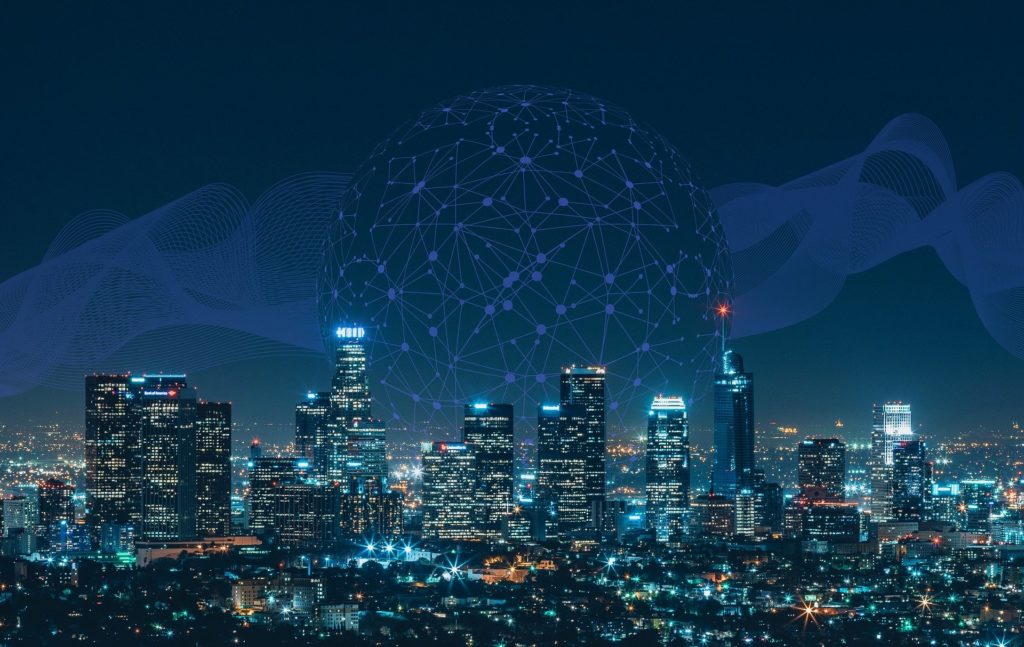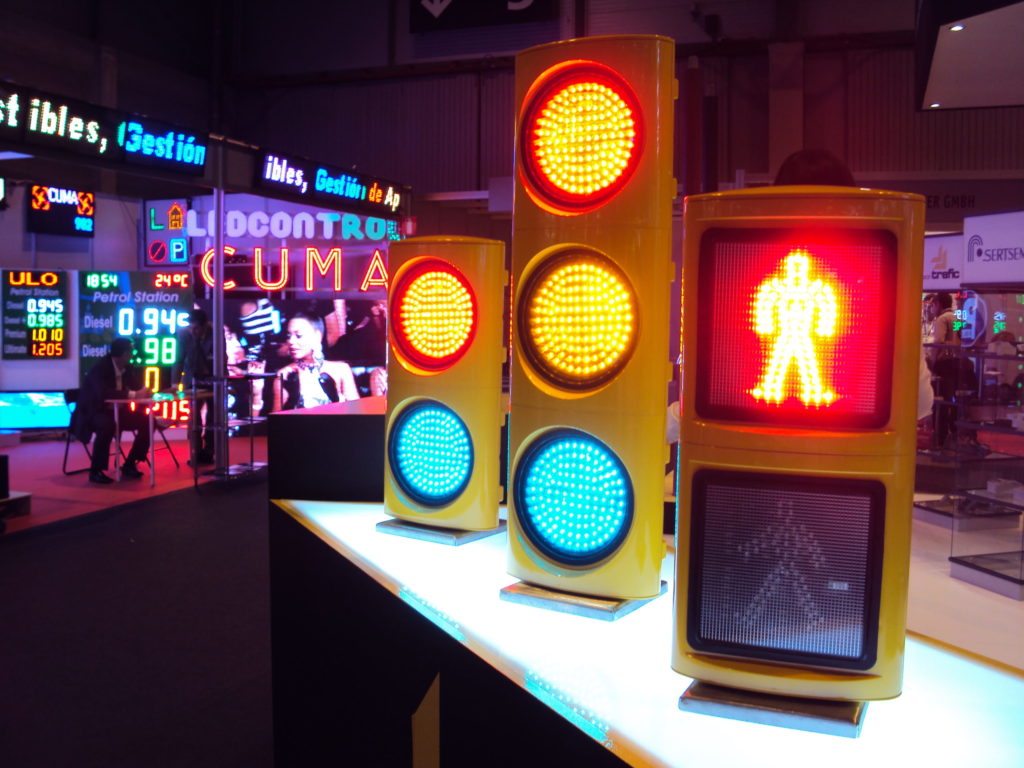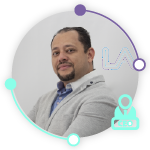DATA, THE FUTURE OF CITIES
As its name indicates a smart city, it is a city that thinks and acts autonomously, currently, there are many myths and Taboos about what a smart city is and how it should work, in this article we want to break paradigms and clarify what this term means.
The first thing is to know, how artificial intelligence is created?

To Now, You Need To LEARN
That is why the first step to create intelligence starts with the generation or creation of data either from external sensors or devices. This will allow us to obtain information through different modalities and options, that the infrastructure of the city can provide for us.
What I mean by this, is that it won’t be needed the same data from the neighborhoods or areas of a city. Each one of these areas or sections will offer us data from their respective relevance; which will allow us to know precisely what is most convenient for each area, in this way, every locality will behave differently until the same data can be used to homogenize the city.
Data = Knowledge = Action.
Once we obtain all the different data, it is then, that we can derive different functions in the city or if we want to call them “business units”.
This is a reality, cities CANNOT live on a country’s budget since these budgets can vary according to each administration, but have you ever wonder what happens if the city generates its own income and does not depend only on the general state?
Of course, I am not talking about Anarchy, I am talking about financial independence, which is reflected in the quality of life of citizens.
Being realistic, cities must behave like companies and not only live from taxes of the citizens which the city’s authorities must recover from their public utilities, but generate other income sources or services that allow it to be self-sustaining, regardless of what administration is governing at that moment.
HOW DO I GET THESE DATA?
A city possesses in its own right 2 neural networks that are usable if its scheme is modified to acquire the necessary data to be intelligent.
THE PUBLIC LIGHTING NETWORK:
This network, existing in all cities, is the main source of data acquisition in a smart city; Given that the luminaires are in a strategic place, the use of different technologies attached to Smart luminaires can lead to various businesses units or services to offer to the citizen, through this we can do transmission or communications, security, surveillance, sound detection, air quality, intelligent parking systems, data acquisition and of course intelligent lighting, which allows savings between 80 and 100% on the city energy consumption.

In the same way, this network seeks to control traffic, but why only control traffic when I can also learn about how the traffic in the city is like? We can use this network, both to control, for security purposes, to data transmission, and of course for data acquisition. For example, know from which city the vehicles are visiting, or to control traffic infractions, or to make security follow-ups or surveillance of vehicles that are been used for criminal acts.
Posted by

Luis Bernal – LYA Electronic’s CEO

